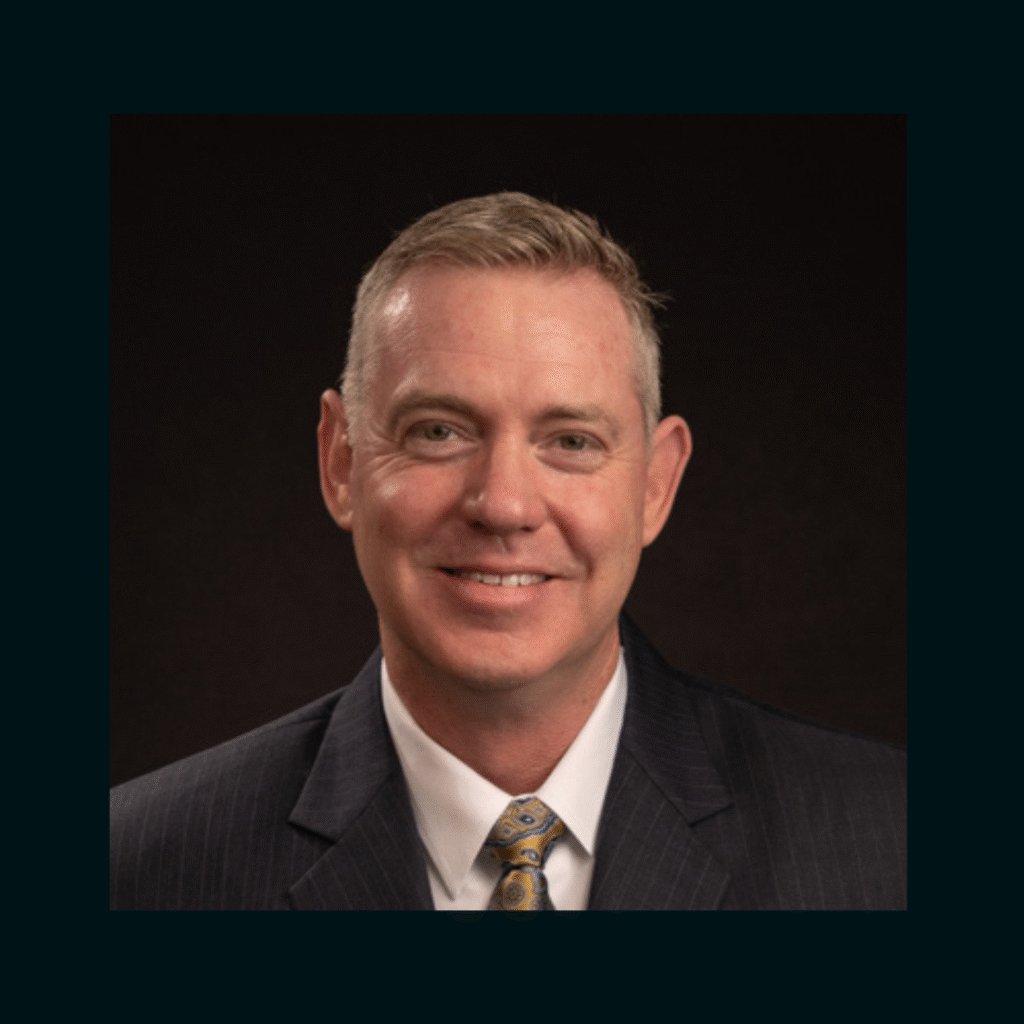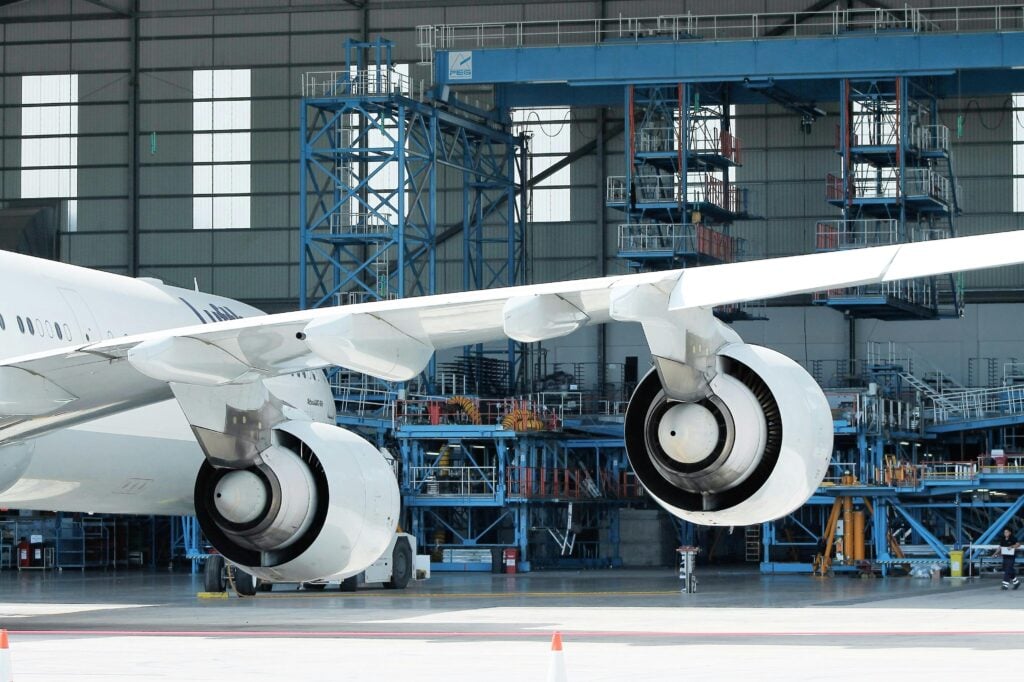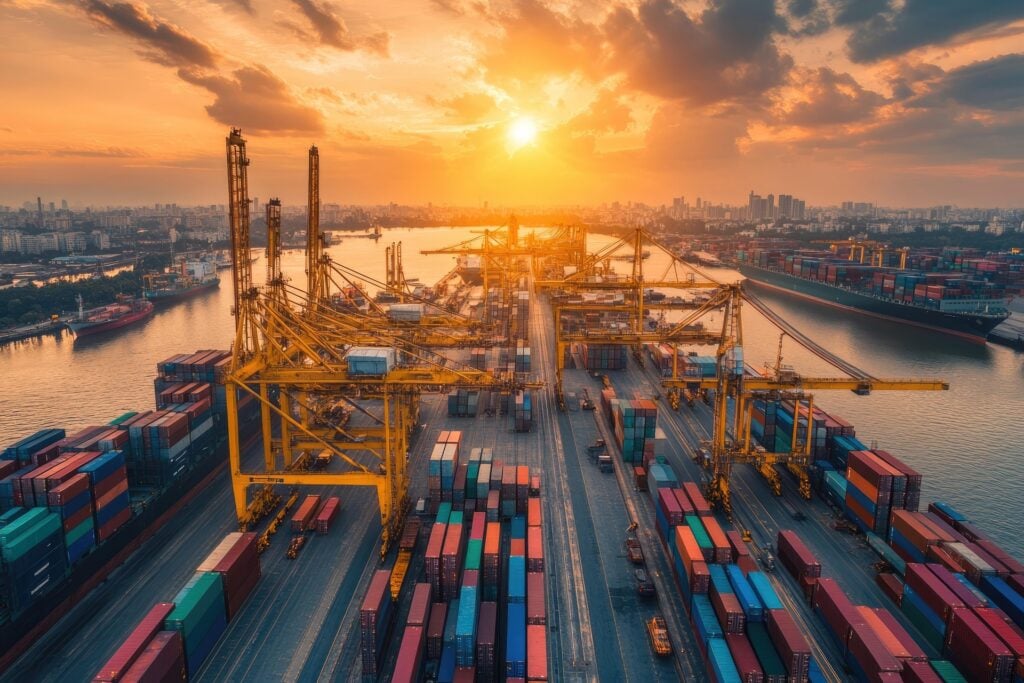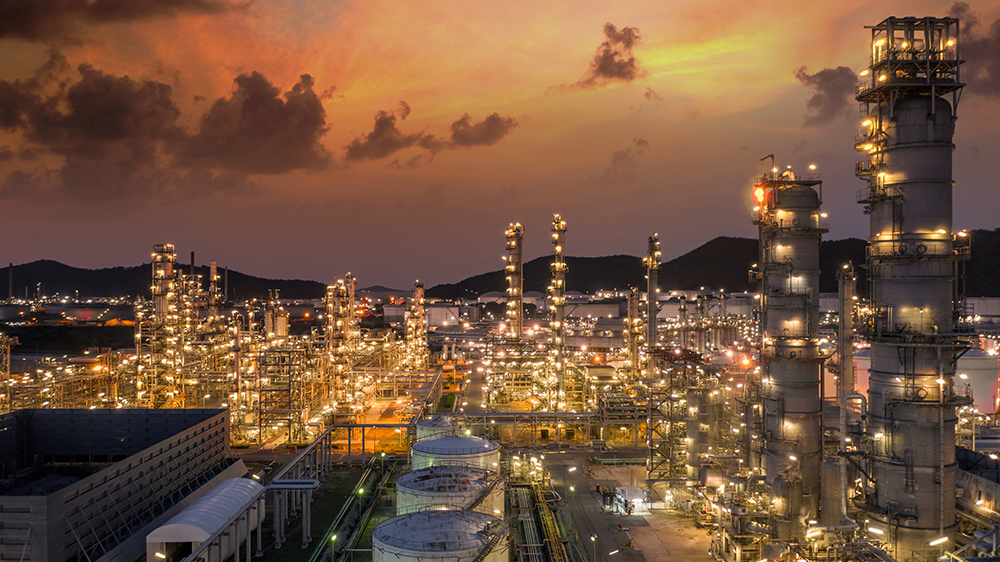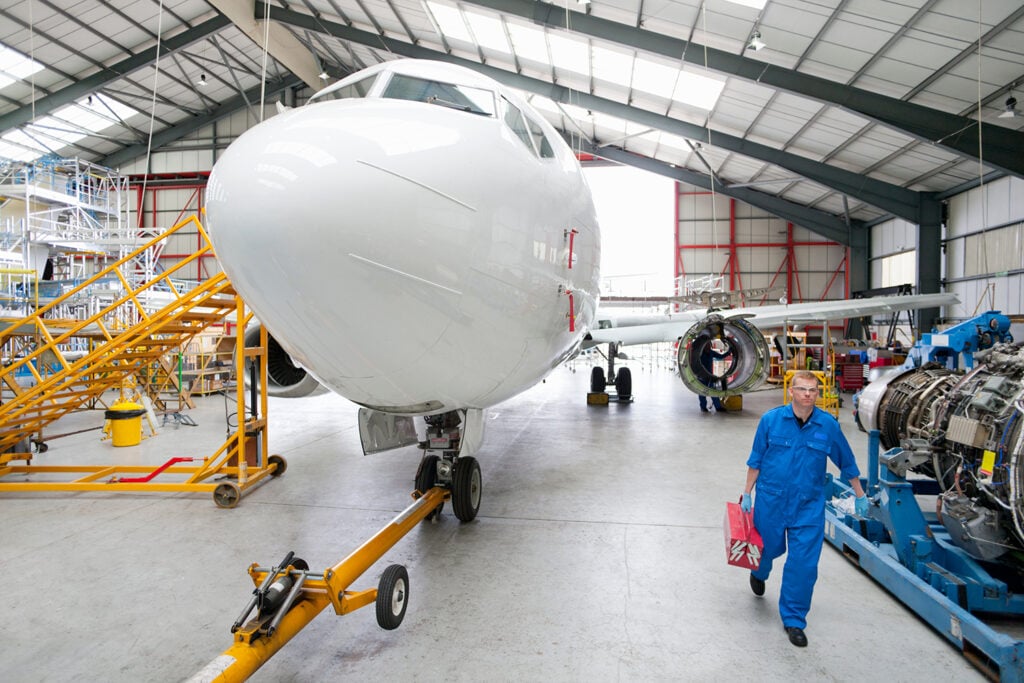Resources
Find case studies, use cases, white papers, eBooks, and more written by the staff at Avathon.
AI: Bridging the Gap Between Insight and Action
Author: Bart A. De Muynck In boardrooms across the globe, Artificial Intelligence (AI) is being lauded as the single greatest transformation engine for efficiency, resilience, and competitive advantage in a generation in supply chain. Yet, for every success story, the reality is stark: 95% of enterprise AI projects are a complete failure, representing billions of […]
Energy and AI: Powering Up Intelligence
Fresh off Reuters EnergyLIVE 2025 in Houston, we’re still digesting everything we heard and learned about the current state of the energy industry and the issues on the minds of industry leaders. Key challenges and opportunities of course vary depending which industry you happen to work for (oil and gas, electric power, renewables), but there are definitely some consistent themes that emerged from our discussions with line-level managers and executives from these verticals. It will not come as a surprise to hear that top issues center around operating and capital costs, particularly given the parlous state of the economy throughout much of this year and prospects for the coming year.
AI Powers Operating Performance in the Oil and Gas Industry
The oil and gas industry faces profound challenges due not only to the rapid growth in renewable energy and EVs, but also the accelerating pace of technology. AI creates immense value in the operating areas unique to each major energy sector, but there is also significant opportunity for value creation that spans the full oil and gas value chain. Avathon’s Autonomy Platform for Oil and Gas Operations leverages the operating data that upstream, midstream, and downstream operators possess and turns that information into valuable insights that maximize asset performance, production outputs, and worker safety, all using the power of AI.
Artificial Intelligence—A Prescription for Industrial Asset Performance Optimization
Industrial companies spend billions annually purchasing, operating, and maintaining capital-intensive assets. Whether it’s oil platforms, manufacturing plants, power generation equipment, or wind turbines, the challenge is the same: keep your assets producing as economically and for as long as possible while driving maintenance costs down and ensuring product quality remains high. In years past that meant lots of preemptive maintenance to hedge against the possibility of asset failure, maintenance that in many cases was actually unnecessary and incurred undue costs, both in terms of work performed and productivity lost during that work.
Avathon Launches Autonomous Intelligence for Energy Operations
PLEASANTON, Calif. – December 2, 2025 – Avathon, a leader in Autonomy for Operations, is expanding its collaboration with Google Cloud to accelerate the energy sector’s transition to intelligent, autonomous operations. The partnership will advance Avathon’s Autonomy Platform, a unified AI solution, with Google Cloud’s scalable infrastructure and leading AI tools, including Vertex AI and […]
Avathon Welcomes Senior Program Manager & Logistics Expert, Brian Olson, to Avathon Government
PLEASANTON, Calif.-December 1, 2025-Avathon is proud to announce Brian Olson as our new Senior Program Manager and Contested Logistics Expert within the Avathon Government business. In this role, Brian will lead a highly skilled team of data scientists and engineers advancing Avathon’s AI-enabled solutions for contested logistics, sustainment, and decision dominance. Brian brings over 28 […]
AI Drives Opportunity in South Asia
The Asian subcontinent—and India in particular—presents vast and unique opportunities for Artificial Intelligence (AI) due to the area’s scale, diverse population, and strong government focus on digital transformation. Three specific industry verticals—manufacturing, aerospace, and energy—offer especially immense opportunities to leverage AI’s capabilities, supported by government initiatives like the “Make in India” and “Production Linked Incentive” schemes, as well as a strong focus on transitioning to Industry 4.0. AI is critical to these industries for its ability to improve product/service quality, lower operating and capital costs, and increase global competitiveness.
Avathon Awarded Army VIPER Contract to Deliver Next-Gen Contested Logistics Capabilities
PLEASANTON, CA–November 19, 2025 – Avathon, a leader in applying cutting-edge dual-use technology to complex defense challenges, announced today it has been awarded a two-year, $5 million contract through the U.S. Army. The contract calls for the rapid, continued development of VIPER, a commercially-based product that addresses the Army’s most pressing challenges in Contested Logistics. Avathon’s […]
Artificial Intelligence Optimizes MRO Operating Performance
Avathon harnesses the power of AI to turn today’s MRO practices from statically planned and reactive to dynamically planned and proactive. Autonomy for MRO Operations enables users to rapidly detect emerging issues, prescribe the most effective actions, and align the entire maintenance ecosystem in real time. Autonomy for MRO’s wide-ranging feature set equips asset managers—whether aircraft, vehicles, manufacturing equipment, or energy providers—to extract the most value from their asset base while minimizing recurring and capital costs.
Global Trade Management Demands World Class Autonomous Capabilities
Global trade management regulations are a constantly moving target. In a trade environment as complex and fast-changing as the current one, the ability to quickly and flexibly adapt to changes is key to commercial success. Supply chains span international boundaries, and every decision on classification or tariff optimization includes potential compliance risk. Products must be delivered on time, in the required quantities, and at the expected cost. Avathon Autonomy for Global Trade Management delivers on these unflinching demands.
White paper: Artificial intelligence is the future of performance excellence in Oil and Gas operations
The Avathon Autonomy Platform for Oil and Gas unifies data, machine learning, and intelligent agents to help operators maximize production, anticipate failures, and adapt to market volatility—delivering measurable improvements in uptime, efficiency, and profitability.
Keeping Aviation Assets Airborne in Turbulent Times
Avathon’s Autonomy for Aerospace Operations is an integrated artificial intelligence (AI) platform that analyzes supply chain, manufacturing, and maintenance data, delivering actionable recommendations that enable coordinated decision-making across the full range of end-to-end aerospace processes. By leveraging the full power of AI, leaders in the aerospace industry turn complexity into operational advantage—connecting manufacturing, maintenance, and supply chain data to better manage resource constraints, quality challenges, and parts availability for production or in-service fleets.






